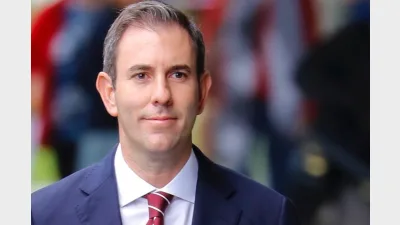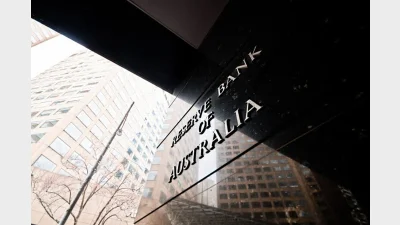ASIC confirms sub-$200K SMSFs generate negative returns



The Australian Securities and Investments Commission (ASIC) appears to have validated the common industry belief that you need to have a balance in excess of $200,000 in a self-managed superannuation fund (SMSF) if you want to generate a positive return.
The ASIC validation has been revealed in an answer to a question on notice from the House of Representatives Standing Committee on economics in which Labor front-bencher, Andrew Leigh asked whether, on average, SMSFs with balances below $200,000 actually produced negative returns.
ASIC confirmed Leigh’s question noting that for the period 2016-17 and for the preceding two financial years, SMSFs with a balance of less than $200,000 had a negative return on assets when compared to SMSFs with a balance of more than $200,000.
“In 2016-17, the ROA [return on assets] for SMSFs with a balance of more than $100,000, but less than $200,000 was -0.48%, whereas the ROA for SMSFs with a balance of more than $200,000, but less than $500,000 was 4.65%,” the ASIC answer said.
Recommended for you
The major changes to the proposed $3 million super tax legislation have been welcomed across the superannuation industry.
In holding the cash rate steady in September, the RBA has judged that policy remains restrictive even as housing and credit growth gather pace.
A new report warns super funds must rethink retirement readiness as older Australians use super savings to pay off housing debt.
An Australian superannuation delegation will visit the UK this month to explore investment opportunities and support local economic growth, job creation, and long-term investment.









